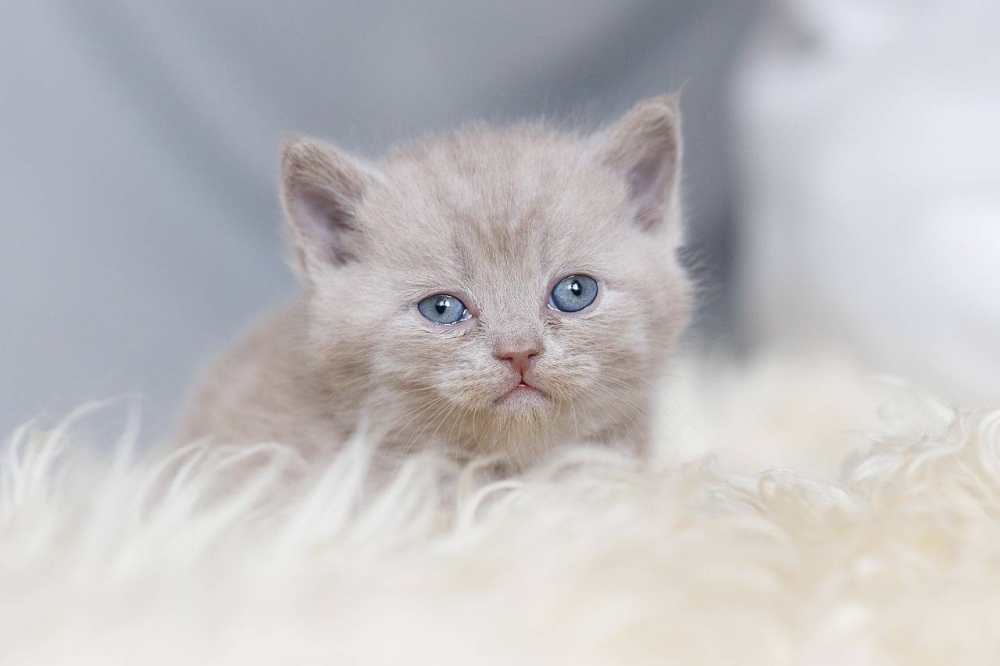Diseases you can catch from cats

Research shows that cats give emotional support, enhance one's mood and contribute to its owners' overall morale.
They could also facilitate in socialisation among the elderly as well as the physically or psychologically challenged people.
Although they are wonderful companions, it is crucial for cat owners to be aware that cats can occasionally transmit hazardous bacteria that can cause a variety of ailments in humans, ranging from mild skin infections to serious illnesses.
Ringworm, a skin and scalp disease caused by fungi could infect cats, especially kittens that can be passed to people.
It could infect the skin, hair or nails of people and animals through direct contact of an infected animal or person or from the environment.
According to the United States' national public health agency Centres for Disease Control and Prevention (CDC), some cats might not show signs of ringworm infection, but others typically have small areas of hair loss around their ears, face, or legs with red, scaly or crusty skin.
Ringworm infections in people are usually itchy and can appear on almost any part of the body and redness, scaling, cracking of the skin, or a ring-shaped rash may occur while infected nails can become discolored, thick, or could crumble.
Another disease that could be transmitted through cats is Campylobacter (Campylobacteriosis).
According to the World Health Organisation (WHO) in 2020, Campylobacter is one of four key global causes of diarrhoeal diseases and considered to be the most common bacterial cause of human gastroenteritis in the world.
It is transmitted to humans from animals or animal products.
Although it is not commonly found in cats, but when it does, it is most likely to affect kittens younger than six months old.
Campylobacter is typically transferred when individuals do not wash their hands after handling animals or their food, faeces, toys, or beds, but it can also infect people through an open wound.
Cats are usually infected by eating contaminated raw meat and then excreting the bacteria.
People with Campylobacter infection usually have diarrhea (often bloody), fever, and stomach cramps and may be accompanied by nausea and vomiting.
Besides that, the Cat Scratch Disease (CSD), an infection caused by the bacteria Bartonella henselae could also be passed from cats to people.
Cats become infected by the disease through flea bites, fights with other infected cats, or blood transfusions while humans could be exposed to the bacteria through the scratch or lick of an infected cat.
The cats that ae most likely to be infected by the bacteria are young cats (less than one year of age), stray cats living in shelters, cats with current or previous flea infestation, and cats that hunt.
According to CDC, CSD could infect anyone although it is particularly common in children and adolescents under the age of 15, as well as adults with compromised immune systems.
Cat tapeworm is also a parasite that could be spread to dogs, cats and people through the ingestion of infected fleas.
This parasite is common in cats but it rarely causes illness in pets or people. Treatment for fleas in pets might help avoid infection.
However, the risk of contracting cat tapeworm is quite low.















